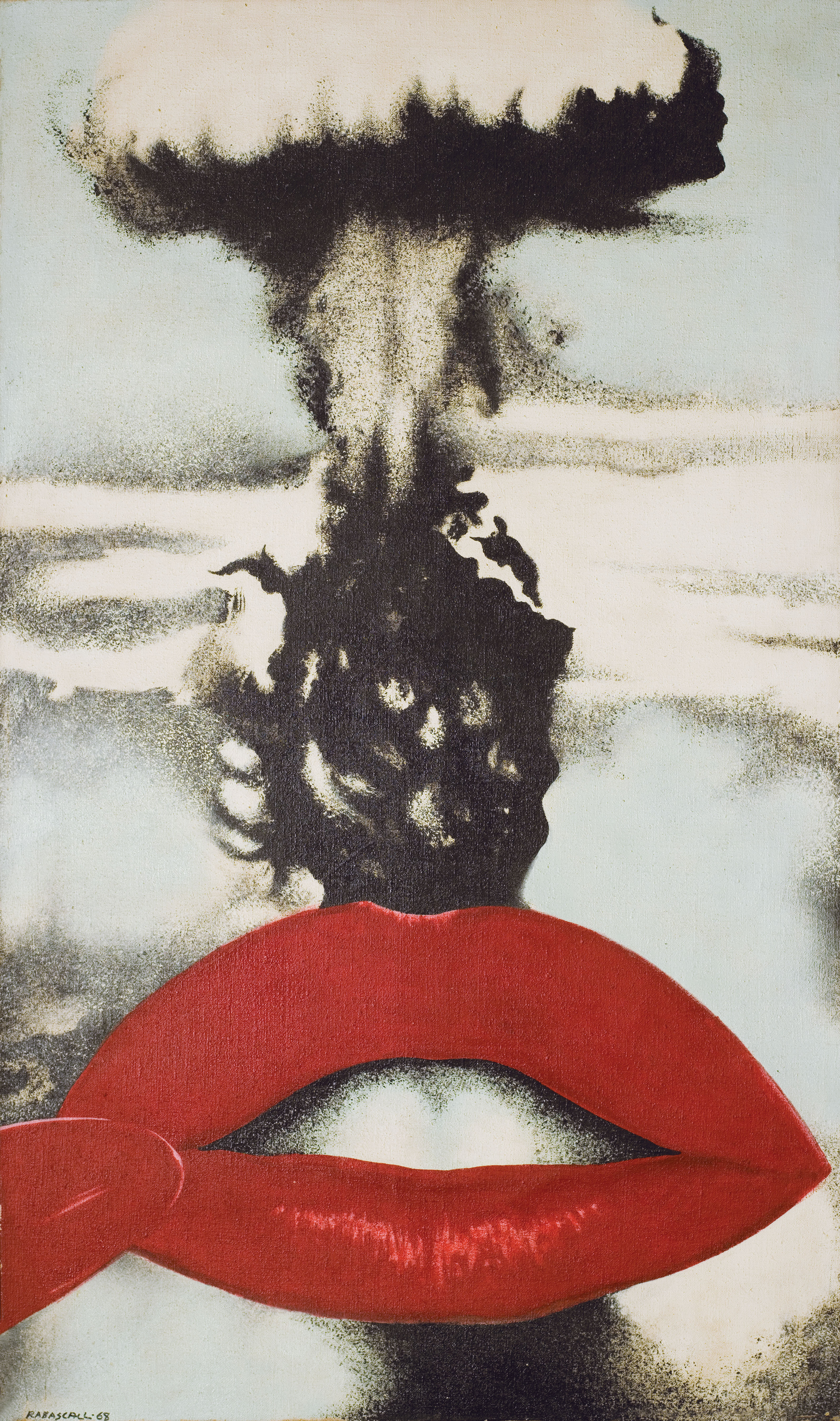London's Tate Modern exhibits artworks from the most important Catalan Pop Art artists
Mari Chordà, Eulàlia Grau and Joan Rabascall pieces can be seen these days in London’s Tate Modern exhibition ‘The World Goes Pop’. Their works are being presented together with sculptures, paintings and videos of the most well-known Pop Art artists internationally. In total, more than 160 artworks from the 60s and 70s showing the history of this artistic movement and exploring the different cultures that contributed to it are on display. Topics range from politics and the human body to public protests, consumerism and domestic revolutions. The exhibition tries to break the myths about Pop Art, traditionally linked to the United States and the work of Andy Warhol, and presents artworks made in Latin America and European countries such as Croatia and Austria.

London (CNA).- London’s Tate Modern is currently hosting the exhibition 'The World Goes Pop', with artworks from Catalans Mari Chordà, Eulàlia Grau and Joan Rabascall being presented together with sculptures, paintings and audiovisual works of the most well-known Pop Art artists internationally. In total, more than 160 works from the 60s and 70s showing the history of this artistic movement and exploring the different cultures that contributed to it are on display. The exhibition tries to break the myths about Pop Art, traditionally linked to the United States and the work of Andy Warhol, and presents artworks made in Latin America and European countries such as Croatia and Austria. The themes of the exhibition move from politics and the human body, through public protests, to domestic revolutions and consumerism.
The Tate Modern has selected for the exhibition Mari Chordà’s works 'The Great Vagina' and 'Coitus Pop’, made in 1966 and 1968 respectively. "I wanted to ‘paint-talk’ about sexual life and sexual identity…above all my body was my model. I capture my vision of my body, that goes from inside to outside”, said the artist of the works on display in London.
Regarding Eulàlia Grau, the piece included is the ‘Ethnographies' series, made between 1972 and 1973. It is a portrayal of a group of human’s habits, traditions and way of life, and she analysed in the piece the multiple facets of Spanish society under Franco’s repressive dictatorship.
The piece that closes the group of Catalan works selected is Joan Rabascall’s ‘Atomic Kiss’, made in 1968. This piece superimposes an iconic, sensual and Hollywood-inspired red-lipsticked female mouth onto an image of an atomic explosion.
The exhibition tries to break the myths about Pop Art, traditionally linked to the United States and the work of Andy Warhol, and presents artworks made in Latin America and European countries such as Croatia and Austria. Among the most outstanding pieces that can be seen in the Tate exhibition are Kiki Kogelnik’s ‘Bombs in love’ and Brazilian Claudio Tozzi’s ‘Multitude’. The exhibition will be on until 24 January next year.